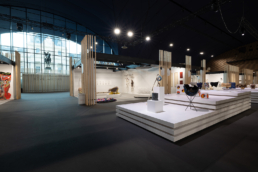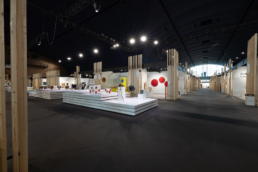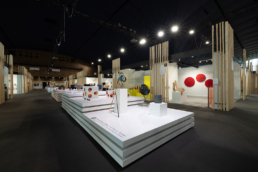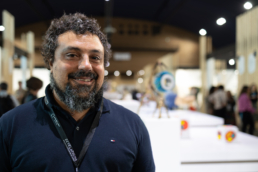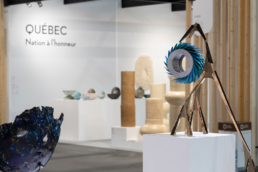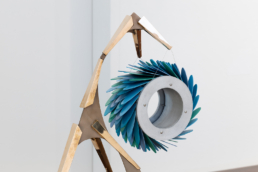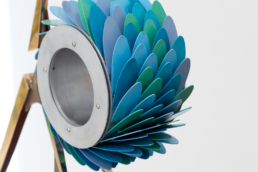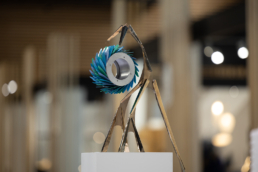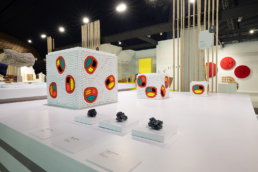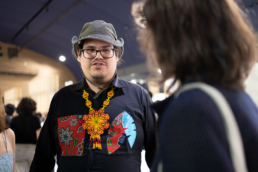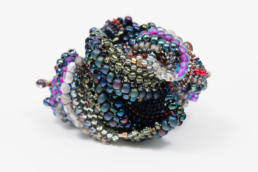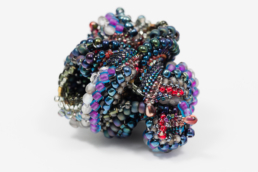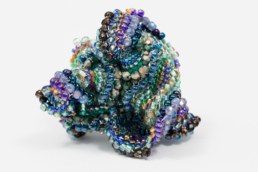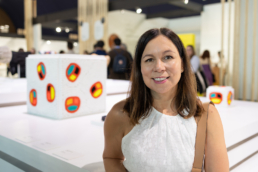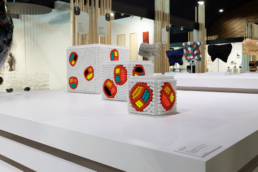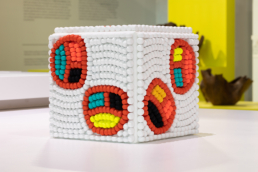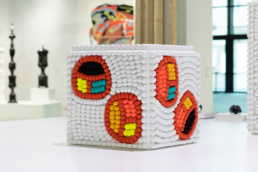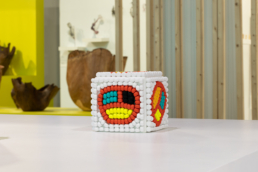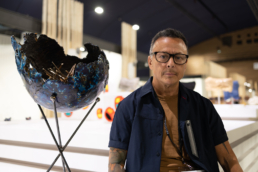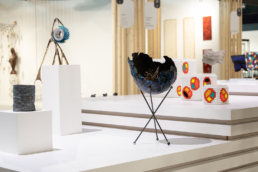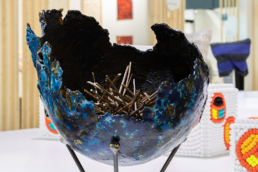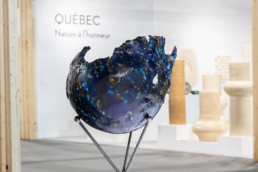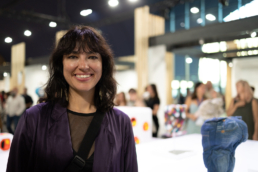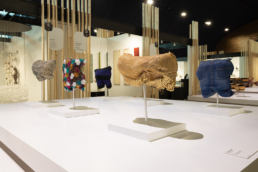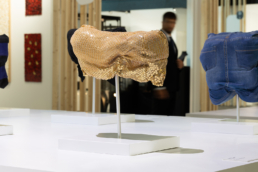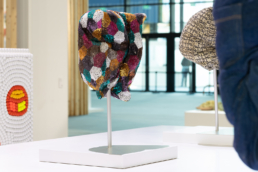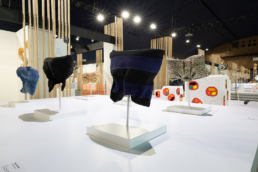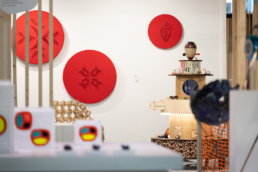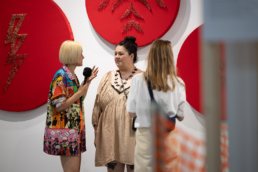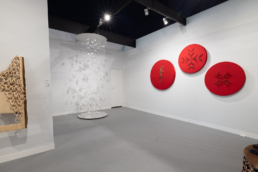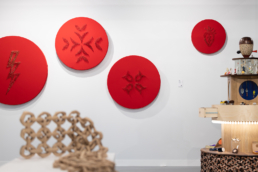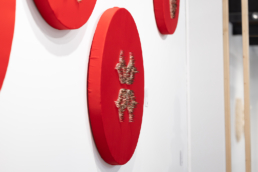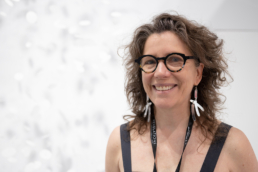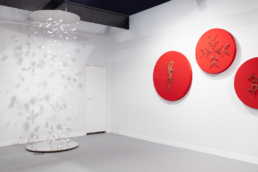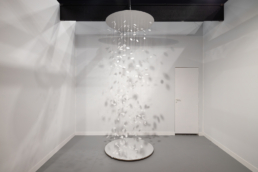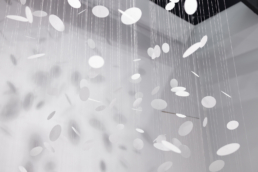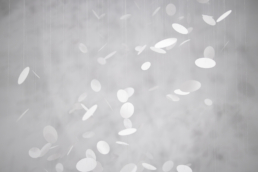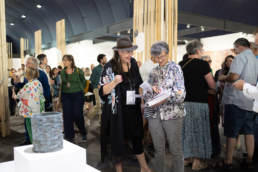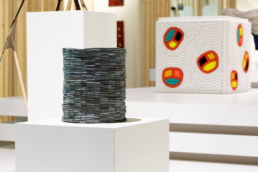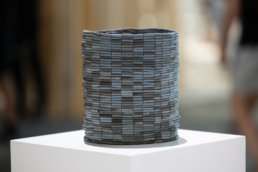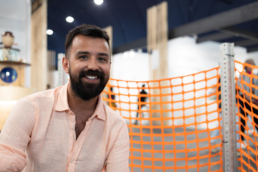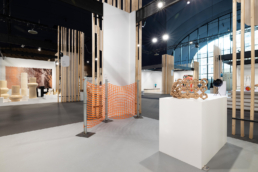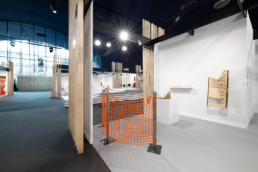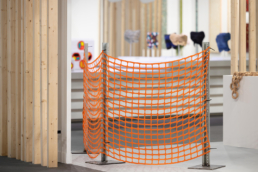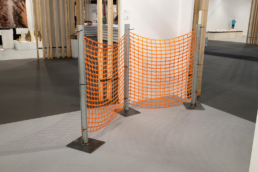June 7-11, 2023
Révélations
International Biennial of Crafts and Creation
Michael Patten, Director of the BACA, will be in Paris for Révélations to present the work of Quebec first nation artists. The project aims to celebrate the rich diversity of Indigenous art and to provide a platform for these artists to share their unique perspectives and stories with a international audience.
A must-attend event for contemporary art from around the world, Révélations returns to the Grand Palais Éphémère from June 7 to 11, 2023. After a remarkable edition in June 2022, postponed due to the health context and bringing together over 400 exhibitors, this 6th edition of the biennial will mark its 10th anniversary. Organized by Ateliers d’Art de France, the biennial showcases several hundred designers and artists in the heart of Paris, opposite the Eiffel Tower.
Each edition highlights contemporary creation from one region in the world. In 2023, Quebec will be unveiling the best of their creation, jointly supported by the Conseil des métiers d’art du Québec and the Maison des métiers d’art de Québec, with the support of the government of Quebec and the Quebec Government Delegation in Paris.
During its first participation to the international exhibition Le Banquet in 2019, Quebec had charmed the audience with its boldness and freedom of tone. Quebec is a fertile ground for its artists’ creativity. At the crossroads of North American and European cultures, Quebecois fine crafts are rich with a diversity of expressions and practices, illustrating the history of the Quebecois nation and the peoples that compose it, especially First Nations and Inuit.
Révélations will highlight artists whose relationship with materials reflects a different way of understanding the world. The Quebec selection, led by curator and artist Marie-Ève G. Castonguay, in collaboration with Indigenous artists, will showcase some thirty creators from Quebec’s cultural and territorial diversity.
Québec, Nation of Honour
Artists: Mérida Anderson, Eruoma Awashish, Loic Bard, Cyndie Belhumeur, Alissa Bilodeau, Charlotte Caron, Hannah Claus, Laurent Craste, Josée Desjardins, Susan Edgerley, Pascale Girardin, Catherine Granche, Aurélie Guillaume, Marie-José Gustave, Julie Bénédicte Lambert, Maude Lauzière-Dumas, Ito Laila Lefrançois, Hélène et son mari, Mylène Michaud, Montserrat Duran Muntadas, Paula Murray, Méline Schoenborn, Catherine Sheedy, Jérémie St-Onge, Sarah Stevenson, Ingrid Syage Tremblay, Anne-Sophie Vallée, Nico Williams
Commissaire : Marie-Eve G. Castonguay
Quebec’s arts and crafts sector is undergoing a major transformation and is turning towards transdisciplinarity. Artists are developing hybrid practices that combine several languages in order to put forward their message. In her installations, Mérida Anderson brings together ceramics and graphic art. The transposition of techniques into other materials or scales is found in the paper basketry work of Julie Bénédicte Lambert, as well as in the sculptures of Maude Lauzière-Dumas, whose training in jewellery inspires her assembly methods. Juxtapositions of materials are favoured by Montserrat Duran Muntadas, who combines blown glass with textiles, and by Catherine Granche, whose silver and gold jewellery incorporates porcelain mouldings and shaping. In a more symbiotic way, Paula Murray integrates fibreglass with porcelain, forcing the material to crack under the tension induced by this marriage of incompatible materials.
Le Banquet
Artists: Caroline Monnet, Craig Commanda, Ludovic Boney, M.C. Snow, Nadia Myre and Renee Condo
Curator: Michael Patten
Indigenous art is evolving and changing, just as the Indigenous peoples themselves are, and it’s important for artists to be able to express themselves in new ways that maintain their cultural identity. As an example of this diversity, Le Banquet features six contemporary Indigenous artists from Quebec— Caroline Monnet, Craig Commanda, Ludovic Boney, M.C. Snow, Nadia Myre, and Renee Condo. Their works are a beautiful blend of traditional art forms and contemporary practices, creating a unique aesthetic that is both familiar and innovative, and the variety of materials and techniques on view both affirm and challenge assumptions about what constitutes as Indigenous art.

